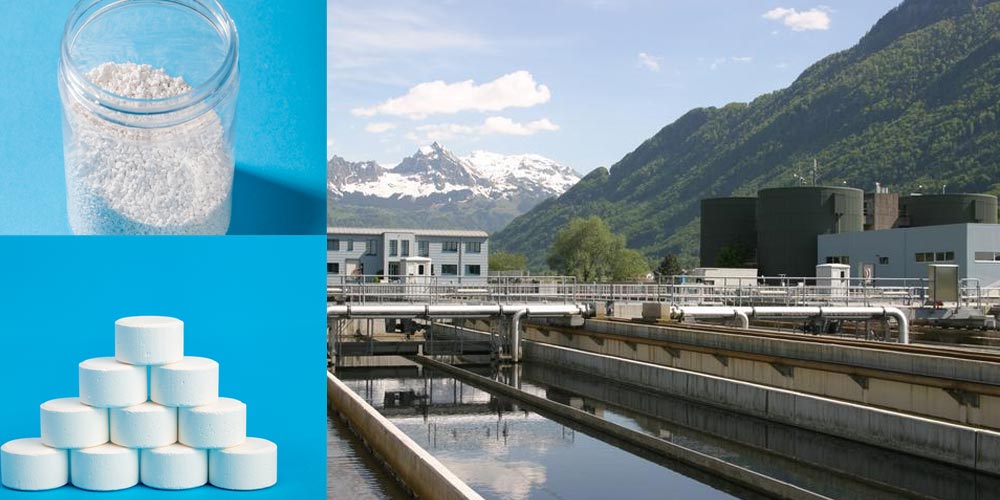NaDCC , a chlorine-based disinfectant, is widely recognized for its ability to release free chlorine when dissolved in water. This free chlorine acts as a powerful oxidizing agent, capable of eliminating a broad spectrum of pathogens, including bacteria, viruses, and protozoa. Its stability and effectiveness make it a preferred choice for water purification and sanitation applications.
NaDCC granular form not only facilitates ease of application but also allows for its use in conjunction with other water treatment chemicals. Its interaction with coagulants like aluminium sulphate and aluminium chloride is a prime example of this. When used prior to coagulation, it enhances the aggregation of impurities, aiding in their removal. Conversely, its post-coagulation application focuses on its primary role as a disinfectant, ensuring the eradication of microbial contaminants.
Application in Sewage Treatment
The use of NaDCC in sewage treatment is primarily focused on its disinfection capabilities. Here’s how it works:
1. Primary Treatment Support: In the initial stages of sewage treatment, solid waste and large particles are removed. NaDCC can be introduced during this phase to begin the process of reducing microbial load even before the biological treatment processes commence.
2. Secondary Treatment Enhancement: During the secondary treatment phase, where biological processes break down organic matter, NaDCC plays a crucial role in controlling pathogenic microorganisms. By maintaining lower levels of harmful bacteria and viruses, it ensures a safer environment for the subsequent treatment stages.
3. Tertiary Treatment and Disinfection: The final stage of sewage treatment often involves polishing steps to remove remaining impurities and pathogens. NaDCC is highly effective in this stage, ensuring the treated water meets safety standards for discharge or reuse. Its ability to provide a consistent release of chlorine over time ensures thorough disinfection.
Advantages of NaDCC Disinfectant in Sewage Treatment
The incorporation of NaDCC in sewage treatment offers several significant benefits:
- Broad-Spectrum Efficacy: NaDCC ’s ability to target a wide range of pathogens ensures comprehensive disinfection, reducing the risk of waterborne diseases.
- Chemical Stability: Unlike some disinfectants that degrade rapidly, NaDCC remains stable over extended periods, making it highly effective even in varying environmental conditions.
- Ease of Handling and Storage: NaDCC is available in various forms, including tablets and granules, which are easy to store, transport, and apply, simplifying the logistics of sewage treatment operations.
- Cost-Effectiveness: Given its high potency and prolonged action, NaDCC is a cost-efficient solution for maintaining the microbial quality of treated sewage.
Environmental and Safety Considerations
While NaDCC is effective, its use must be managed carefully to mitigate potential environmental impacts. Excessive chlorine residuals can harm aquatic ecosystems if discharged into natural water bodies. Therefore, monitoring and controlling the dosage of NaDCC is crucial to balance disinfection efficacy with environmental safety.
Moreover, handling NaDCC requires adherence to safety protocols to prevent exposure to concentrated chlorine gas, which can be harmful. Training for sewage treatment personnel on proper handling and application techniques is essential to ensure safety and effectiveness.
Post time: Jun-18-2024

